CNC technology has been getting more advanced in recent years. One specific advancement is the use of five-axis linkage CNC machining centers, which have become increasingly popular in various industries. These 5 axis CNC machines are highly efficient and produce high-quality results. They are particularly beneficial when manufacturing complex-shaped parts.
Before we talk about 5 axis CNC machine, let’s learn what is a CNC machine first.
What is a CNC machine?
The full name of CNC is “Computer numerical control”. It means automated machine tools are controlled by computer numerical control.
There are many machines controlled by CNC. Such as CNC lathes, machining centers, CNC wire cutting, CNC punch presses, CNC laser cutting machines, and so on.
But in machining industries, people are likely to call CNC milling centers as CNC.
According to the number of axis, the CNC milling centers are divided into 3 axis CNC, 4 axis CNC and 5 axis CNC machine. In this page, we will discuss what is a 5 axis CNC machine.
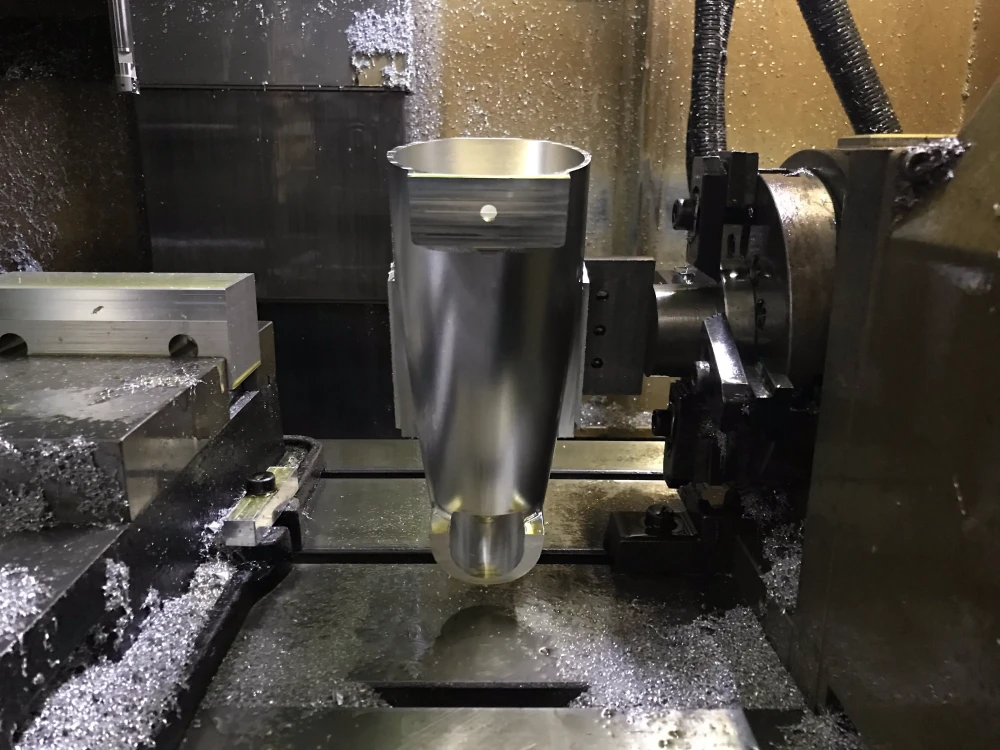
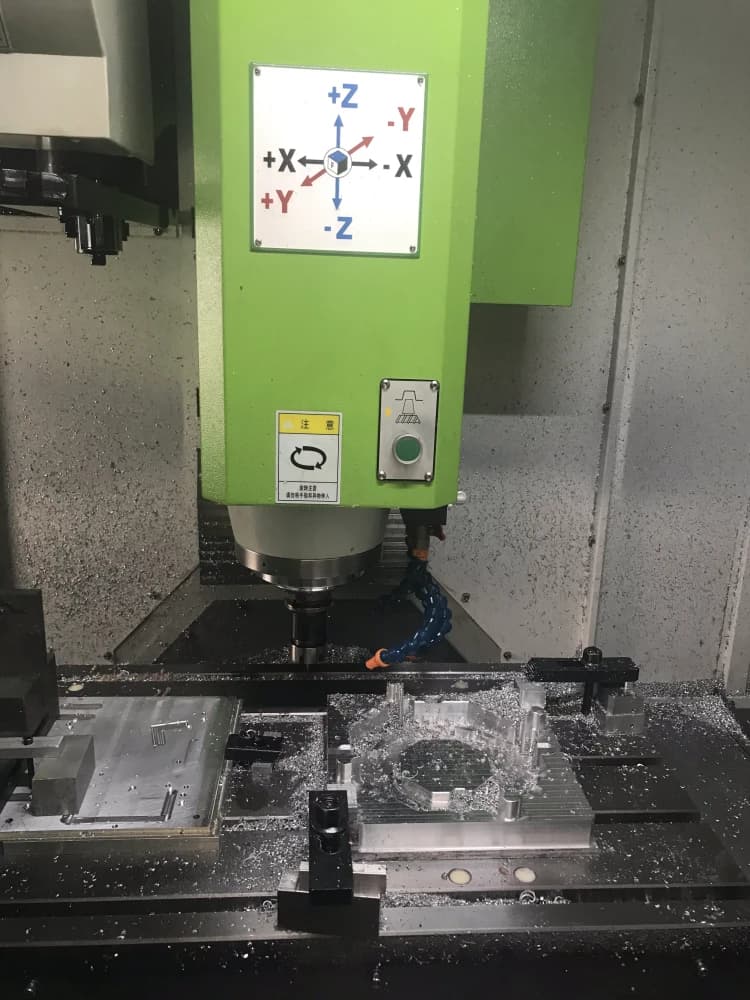
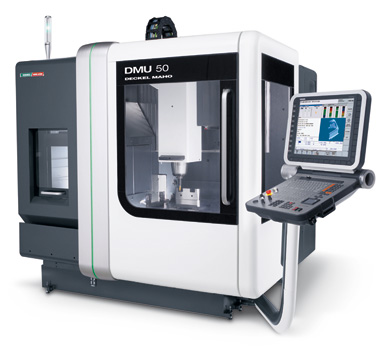
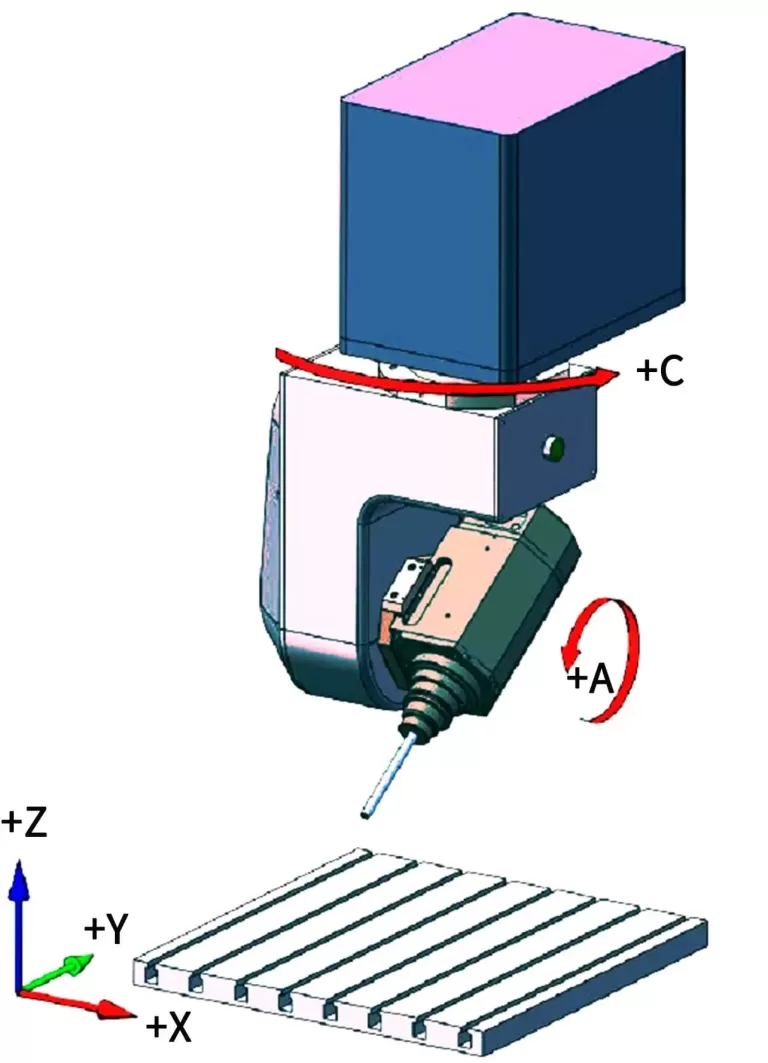
A 5-axis machine refers to a CNC machine that has at least five axes. The five axes are 3 linear coordinates(X, Y, Z) and two rotary coordinates.
How the 3 linear coordinates x, y, z display?
You can check the Cartesian coordinate system and let’s pratice with hands.
What are the two rotary coordinates of a 5 axis CNC machine?
They are a A axis with a C axis or a B axis with a C axis.
A axis : Rotate around the X-axis
B axis: Rotate around the Y-axis
C axis: Rotate around the Z-axis
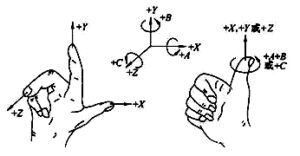
There are many types of 5-axis linkage CNC centers. In this article, we talk about the common types: Vertical 5-axis machining center and horizontal 5-axis machining center.
Vertical 5-axis machining center
There are two types of rotary axes for the vertical 5-axis machining centers.
Type 1: Table-rotary machining center.
The working platform rotates round axis X. A-axis general operating range +30 degrees to -120 degrees. The center of the working table is equipped with a rotary table, that’s C axis. The working range of the C axis is from 0 degrees to 360 degrees.
How it works?
The workpiece was fixed on the working platform. With the combination of the A-axis and C-axis, it can be machined by the vertical spindle on all five surfaces. Except for the bottom surface. In addition, the A-axis and C-axis have a small index value of 0.001 degrees. It can subdivide the workpiece into any angle. Therefore, difficult processes like tilted surfaces and tilted holes are easy to handle.
Disadvantages of type 1:
Advantages of type 1:
The structure of the spindle is relatively simple. The spindle rigidity is very good. And the manufacturing cost is relatively low.
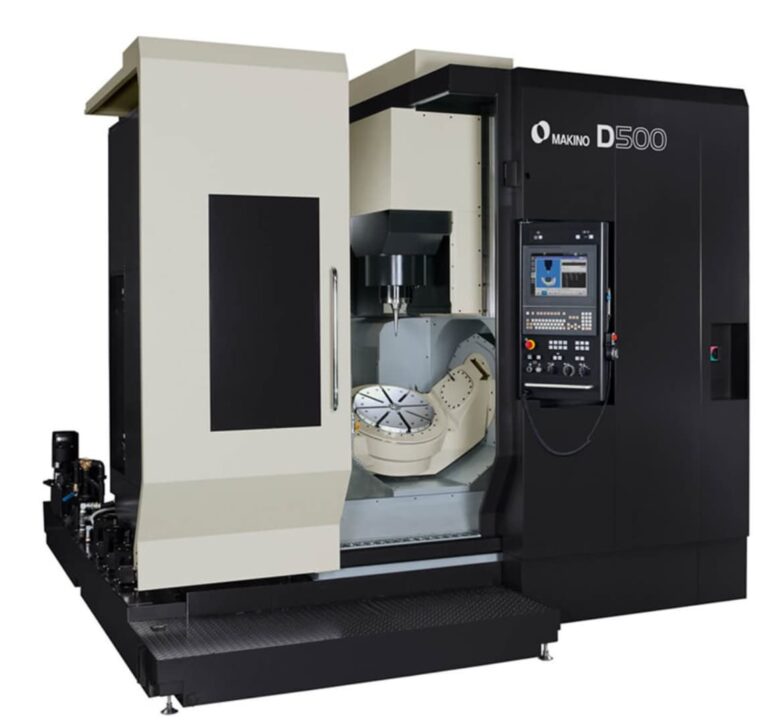
Type 2: Vertical spindle head rotary machining center.
A rotary head is at the front end of the spindle. It can rotate 360 degrees around the Z-axis on its own to become the C-axis. The rotary head also carries an A-axis that can rotate around the X-axis. The working range is generally up to ±90 degrees or more. It can realize the same function as type 1.
Disadvantages of type 2:
The table can be designed to be very large with a bulky body. The rotary structure is more complex for the spindle. And the manufacturing cost is higher.
Advantages of type 2:
The spindle machining is very flexible. And the design of the spindle rotary ensures a certain linear speed, which can improve the quality of surface machining. This structure is very popular for high-precision surface machining of molds and dies. This is difficult for the table-rotary machining centers (type 1).
Horizontal 5-axis machining center
There are also two ways to rotate the rotary axis of horizontal 5-axis machining centers.
Type 1: The horizontal spindle swings as a slewing axis, along with a slewing axis of the working platform.
With the spindle’s vertical and horizontal movements, along with the table indexing, the workpiece realizes five-sided processing.
Disadvantages:
Advantages:
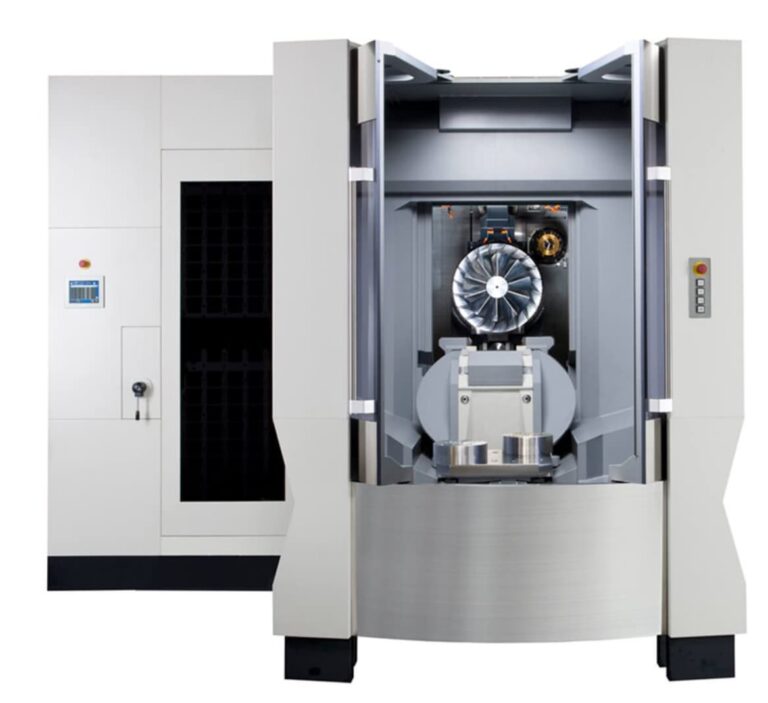
Type 2: The traditional table slewing axis.
Disadvantages:
Advantages:
The typical 5-axis machining parts are:
- Impellers,
- Blades,
- Precision moulds,
- Marine propellers,
- Heavy-duty, generator rotors,
- turbine rotors,
- large diesel engine crankshafts,
- …

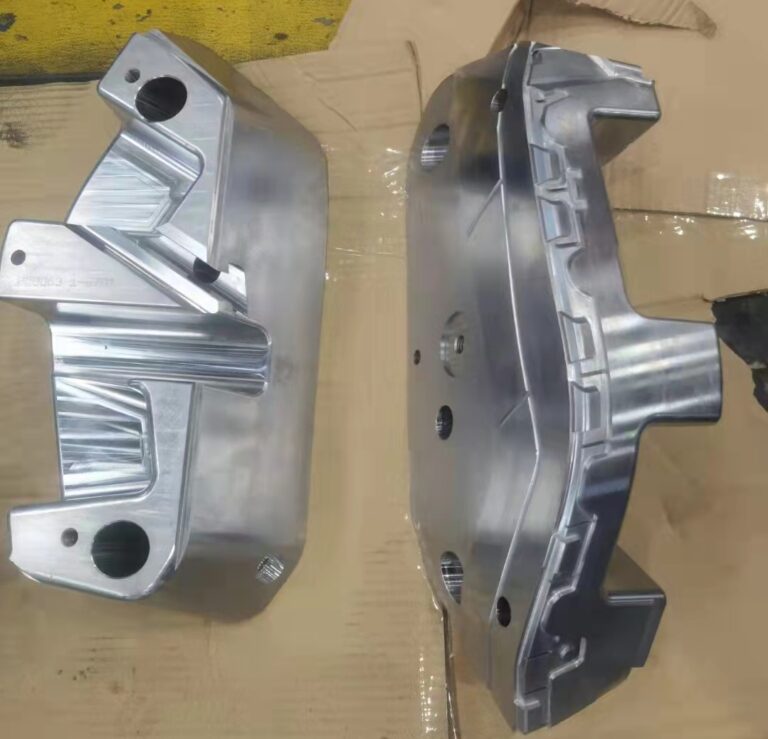

The 5 axis CNC machines have significant influence on a country’s industries like:
- Aviation,
- Aerospace,
- Military,
- Scientific research,
- Precision, instruments,
- High-precision medical equipment,
- Other industries.
Watch the video here, you will know more about how a 5-axis CNC machining a part or mold clearly.
Reduced tool costs.
5-axis CNC can increase the length of the cutting edge of the tools in machining. It reduces the cutting force and improves the tools’ life. In addition, a 5-axis CNC center can use shorter tools for machining. So it improves the system rigidity, reduces the number of tools, and avoids the generation of specialized tools.
Reduce the procedures of process and improve the production efficiency.
The 5-axis CNC can complete 5 surfaces of machining in one clamping. Just very few steps are required to mold the material into the desired product with complex geometry.
The number of fixtures used can be reduced.
It makes workpiece clamping easy. No special fixture is needed for machining. In this way, it reduces the cost of fixtures, avoids multiple clamping, and improves the precision of mold machining.
High cutting efficiency.
It improves the machining efficiency by keeping the tool tangent to the surface of the workpiece. So that it can remove more material each time the tool travels.
High surface finish.
5-axis CNC machines can use shorter cutters to mill. These shorter tools can cut at very high speeds with little or no vibration. This reduces the chance of “chatter” marks on the finished product and improves surface finish.
Machining complex shapes (GD&T labeling).
The 5-axis CNC can rotate a part to achieve the desired geometry in a single operation without the need for complex fixturing. This technology pairs perfectly with GD&T labeling to generate datum features in a single operation. It is also suitable for CNC machining applications that require surface profile tolerances on complex contoured surfaces.
High Accuracy and Repeatability.
Each setup can cause machinists to lose precise alignment during the machining process. Yet, 5-axis CNC milling has the least setups, which reduces the possibility of errors. So the high accuracy is easier to get.
Shorten the cycle of new product development.
The 5-axis CNC centers have advantages of high flexibility, high precision, high integration and complete processing capabilities. It is a good solution to the new product development process of complex parts processing accuracy and cycle time problems.
Advantages
Disadvantages
Complex programming.
Three linear motions, two rotary motions, and other complex trajectories are not easy to understand or visualize. Thus, this complex programming must be done by trained and experienced personnel. Any error in programming can even reduce machining accuracy and surface quality.
Machines are expensive.
The price of 5-Axis machines is much higher than the 3-Axis machines. Besides, the software required is expensive. Maintenance of 5-Axis CNC is also more complex than other simple machines, which further adds to the cost of this technology.
Require highly skilled operators.
The 5-axis CNC centers involve complex machining techniques, from programming to machining. Thus, it requires highly trained and skilled operators to lead the process. This also makes 5-axis machines incompatible with some industries because of high labor costs.
Insufficient use of 5-axis CNC machining.
The functions of a 5-axis CNC machine are not fully used. Some operators do not understand the full capabilities of the machine. Others may not have advanced programming knowledge.
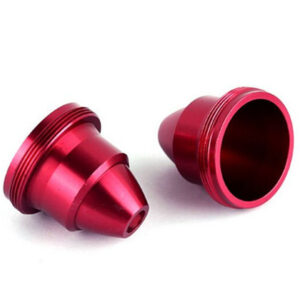
Design tips for turning machining
Design tips for turning machining parts When you receive the quotation of turning parts from manufactures, you may find that the prices are out of your expectation and budget limit. Then you may need to find ways to reduce the cost. Here we share some design tips for your to get lower prices.By optimizing the

what is a 5 axis cnc machine
CNC technology has been getting more advanced in recent years. One specific advancement is the use of five-axis linkage CNC machining centers, which have become increasingly popular in various industries. These 5 axis CNC machines are highly efficient and produce high-quality results. They are particularly beneficial when manufacturing complex-shaped parts. Double-column Machining Center(5-Face Machining)-MCR-A5CⅡ) ■
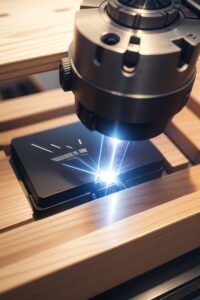
laser etching aluminum
Laser etching aluminum Fiwok provides laser etching aluminum services to satisfy your need for branding and identification. With advanced laser marking machines, we are capable of black and white etchings for aluminum parts. ■ What is laser etching ? ■ Advantages of laser marking ■ Laser etching anodized aluminum machining parts ■ Black and white
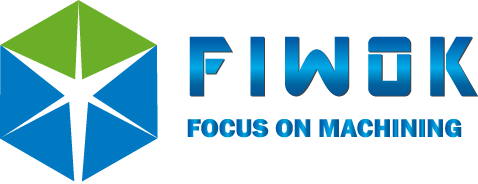

-MCR-A5CⅡ)-768x523.jpg)
